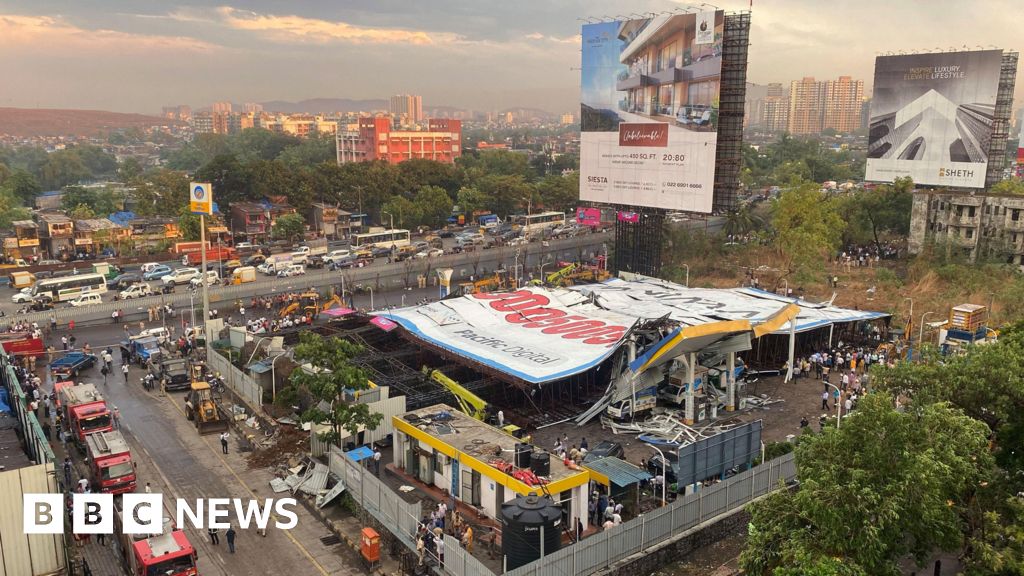North Korea fired a missile apparently carrying a military spy satellite that passed over the Pacific prefecture of Okinawa late Tuesday, prompting Japan to briefly issue a shelter-in-place warning in the southern prefecture.
“North Korea launched what it claims is a military surveillance satellite in the direction of the south,” Yonhap News Agency quoted South Korea’s Joint Chiefs of Staff as saying.
The South Korean military did not provide any further details about the launch, including whether North Korea succeeded in putting the satellite into orbit on its third attempt this year, after failed launches in May and August.
After the missile – which was launched at about 10:55 p.m. – appeared to pass over Okinawa, flying toward the Pacific Ocean at about 11:15 p.m., a rare warning was raised via Japan’s J-Alert system for residents to take immediate cover.
Speaking to reporters in his office in Tokyo shortly before midnight, Prime Minister Fumio Kishida condemned the launch “in the strongest possible terms,” calling it “a serious situation concerning the safety of our nation’s citizens.”
Kishida said that Japan is working to collect information and will respond in cooperation with the United States and South Korea.
“Even if (the launch) was called a satellite, ballistic missile technology was used,” he said. “This is a clear violation of UN Security Council resolutions.”
Pyongyang is prohibited from launching ballistic missiles under UN Security Council resolutions, but it has said in the past that these measures nominally do not extend to its civilian space program. However, Japan, South Korea and the United States view satellite launches as a backdoor way to boost their missile programme, as similar technology is being used.
Meanwhile, at a hastily organized press conference after the launch, Japan’s top government spokesman said the missile appeared to have been launched from North Korea’s Tongchang-ri area, which is home to the Sohae satellite launch station.
“North Korea’s series of actions, including its repeated missile launches, threaten the peace and security of Japan, the region and the international community,” Chief Cabinet Secretary Hirokazu Matsuno said.
Matsuno described the launch as “a very problematic act from the perspective of ensuring the safety of residents as well as aircraft and ships,” but said the government had not received any reports of damage or damages.
The missile launch came ahead of the date announced earlier on Tuesday, which would have seen the missile launch between Wednesday and December 1, with Pyongyang ignoring warnings from Tokyo and Seoul not to go ahead with the move. It was not immediately clear why North Korea carried out the launch earlier, but rain and cloudy weather were expected in parts of the isolated country on Wednesday.
Earlier on Tuesday, Japan “strongly” demanded that North Korea stop preparations for the launch.
Tokyo deployed countermeasures in preparation for a possible shoot-down of the missile or debris, sending PAC-3 ground-based missile defense batteries to the islands of Miyako, Ishigaki and Yonaguni on Okinawa, while also deploying Maritime Self-Defense Force-equipped Aegis destroyers. With SM-3 interceptor missiles – to the waters surrounding Japan.

The PAC-3 ground-based missile defense battery was deployed to the Air Self-Defense Forces base on Miyako Island, Okinawa Prefecture, late Tuesday. | Kyodo
Since 1998, North Korea has attempted to launch six satellites, and only two appear to have been successfully placed into orbit, the last of which was in 2016.
On Monday, South Korea also demanded that North Korea immediately stop preparations for the launch, suggesting that Seoul could suspend the inter-Korean peace deal and resume air surveillance on the front lines in response.
Separately, the nuclear-powered aircraft carrier USS Carl Vinson arrived Monday at the South Korean naval base in the port city of Busan in a show of allied strength ahead of the launch.
South Korea said the arrival of the aircraft carrier Vinson – the third aircraft carrier to visit the country this year – demonstrated “Washington and Seoul’s firm resolve to respond to North Korea’s advanced nuclear and missile threats.”
The latest launch comes after a period of relative calm – North Korea last launched a missile on September 13 – although the country continues to fire harsh criticism at the growing trilateral security ties between Tokyo, Seoul and Washington.
The missile launch came just before leader Kim Jong Un’s visit to Russia to hold talks with Russian President Vladimir Putin.
South Korea said that Pyongyang was supplying Moscow with weapons in exchange for Russian knowledge in the field of space technology. During his meeting with Kim, Putin suggested that his country could help North Korea build satellites.
North Korea’s state-run media has described the country’s space spy satellite program as an “indispensable” measure to counter US and allied space militarization.
North Korea is seeking to place a military reconnaissance satellite into orbit as part of a broader modernization plan to monitor US and allied forces, although defense experts say doing so could be extremely difficult.
Observers also say it is unclear how advanced North Korea’s satellite is, given the enormous challenges of camera performance, hard-to-obtain components, and limited time windows to capture footage of military sites.

The J-Alert system warns of a North Korean missile launch late Tuesday in Tokyo. | Kyodo

“Beer buff. Devoted pop culture scholar. Coffee ninja. Evil zombie fan. Organizer.”






More Stories
Billboard collapse in Mumbai: 14 dead and dozens injured
A legendary treasure apparently belonging to a notorious 18th-century fraudster has been discovered in Poland
Fighting intensified in Kharkiv with Russia announcing the entry of its forces into Vovchansk